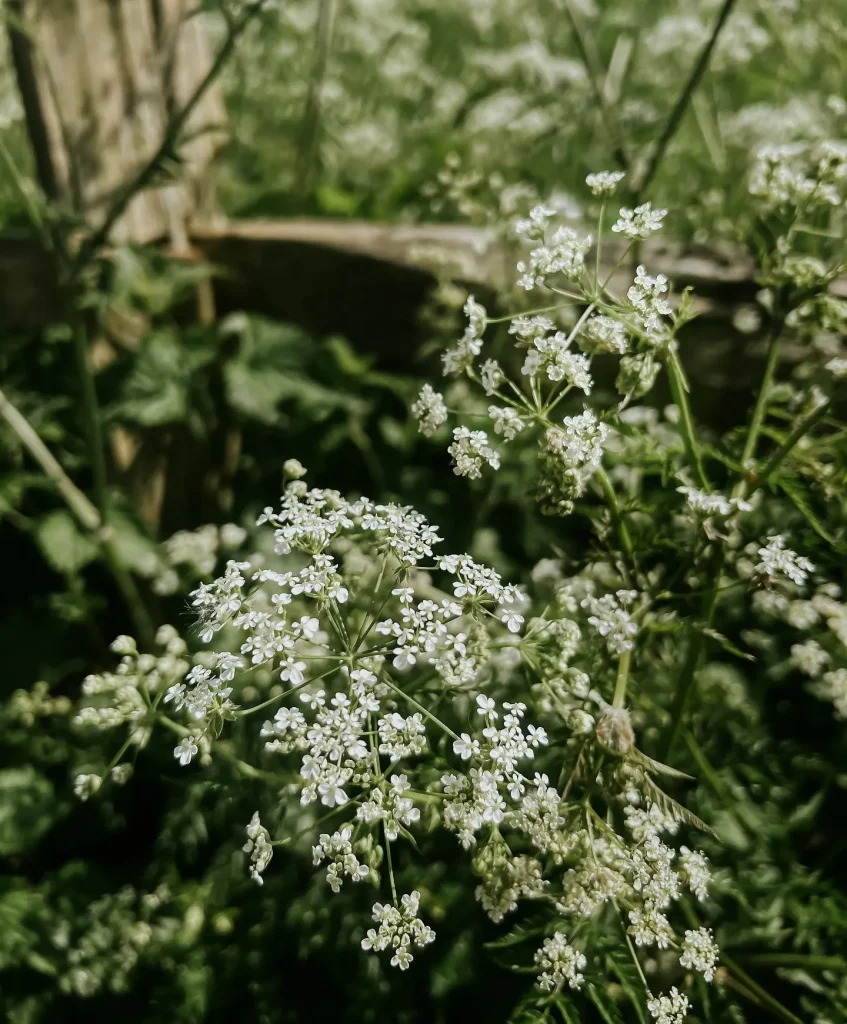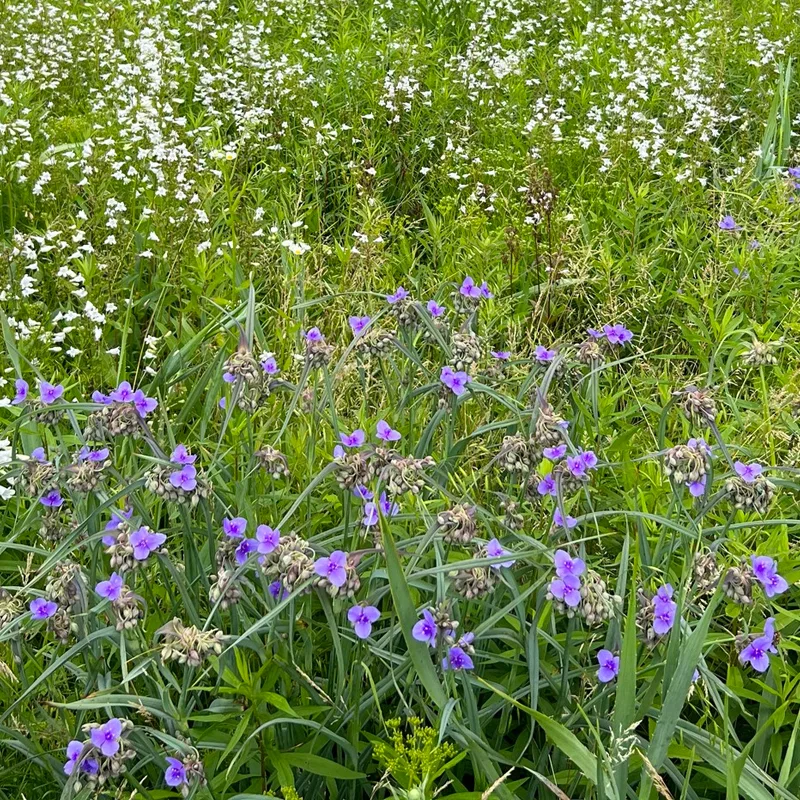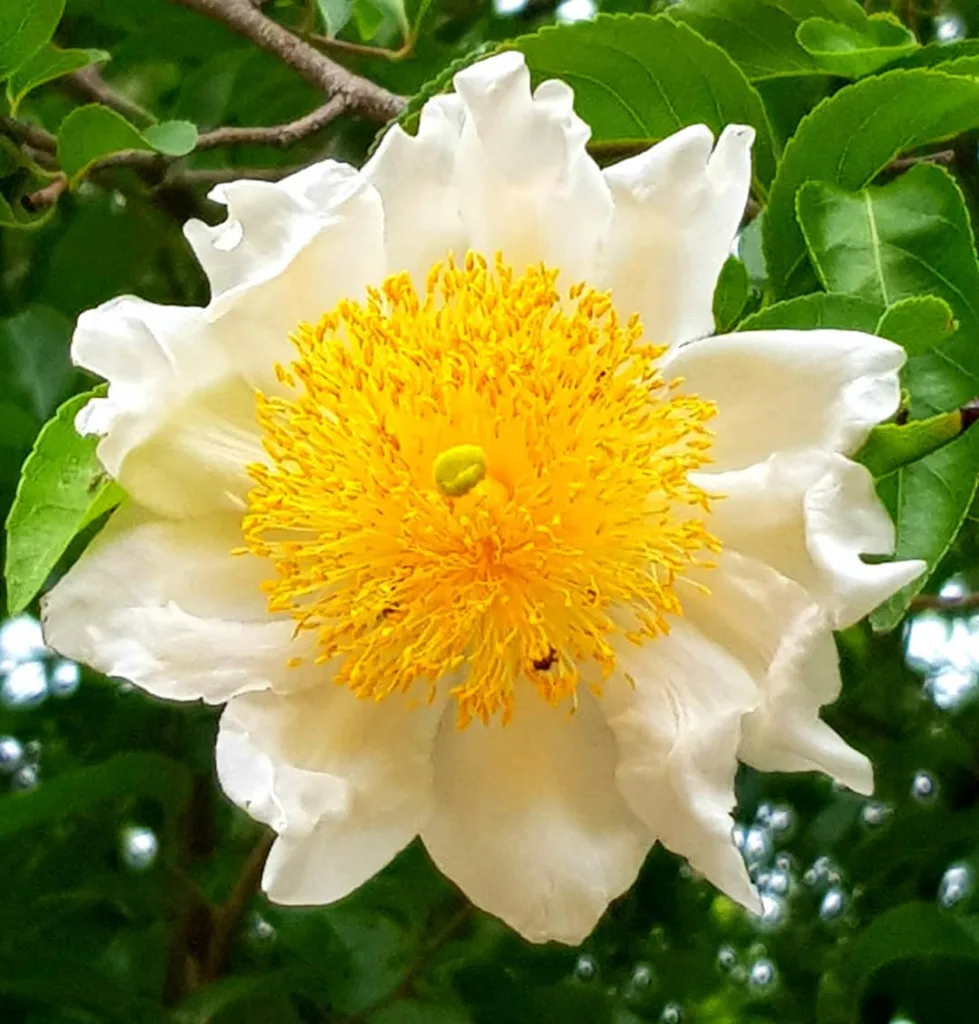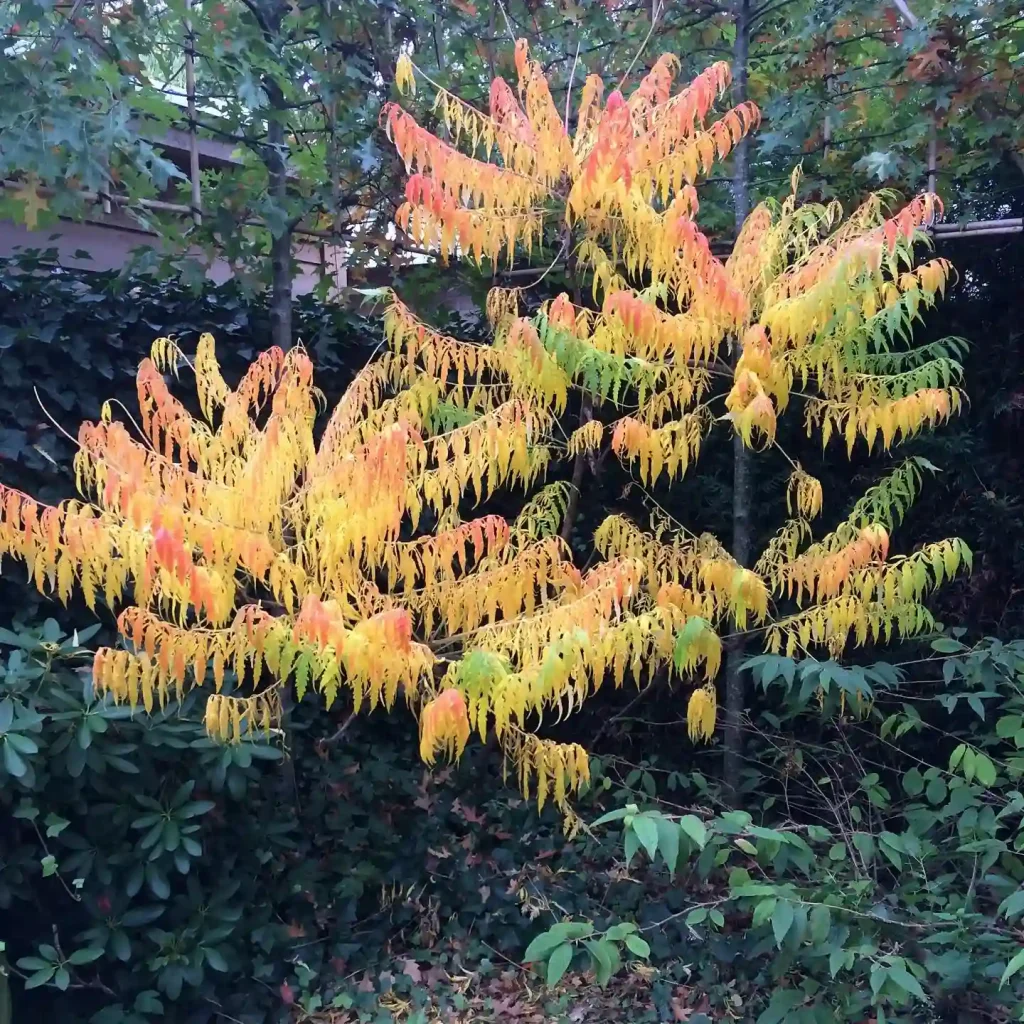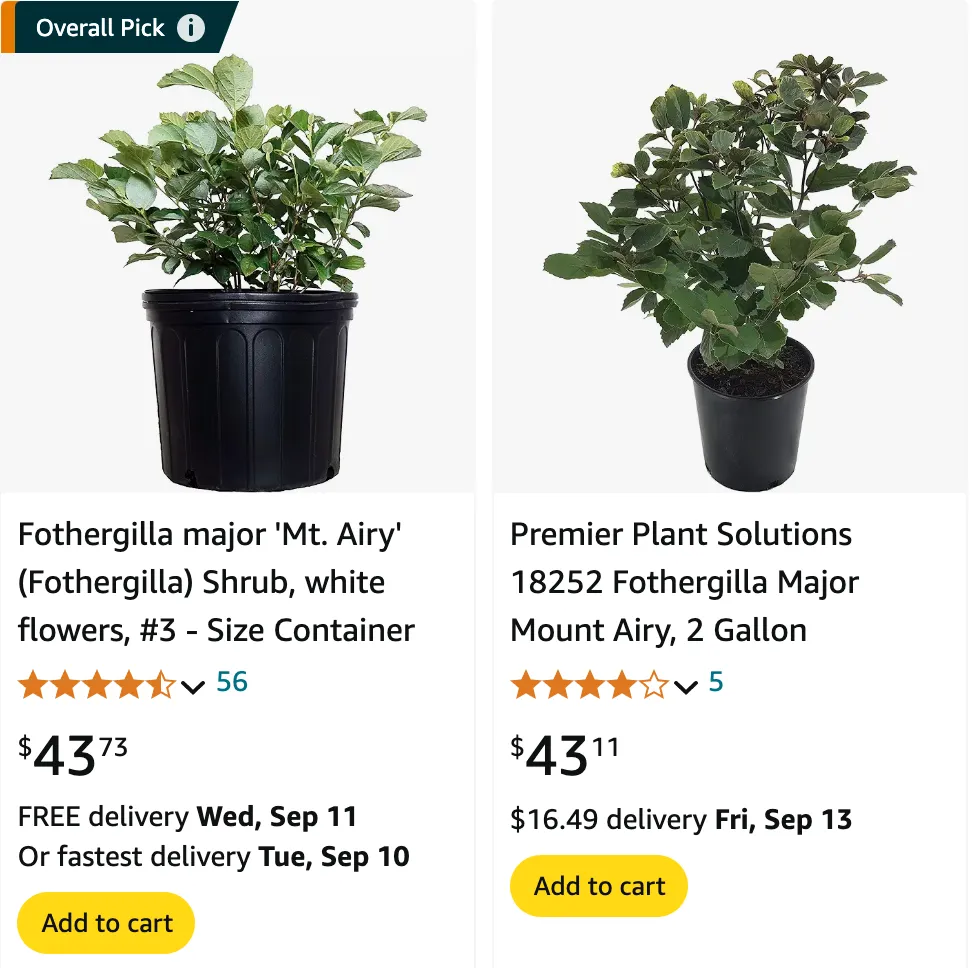
Frequently Asked Questions About Fothergilla Major
As a plant enthusiast, I’ve often been asked about the Fothergilla Major. This shrub is a favorite among gardeners for its striking foliage and unique flowers. Here, I’ll share answers to some of the most frequently asked questions about this wonderful plant.
4 Species in Genus Fothergilla
What Is Fothergilla Major?
Fothergilla Major, commonly known as the Large Fothergilla, is a deciduous shrub native to the southeastern United States. It’s renowned for its compact size, reaching 6 to 10 feet in height, and its visually appealing features. The shrub boasts bottlebrush-like white flowers in early spring, followed by vibrant fall color, turning hues of red, orange, and yellow. Its rounded leaves, which can be up to 5 inches long, add to its ornamental value throughout the year.
How to Care for Fothergilla Major?
Caring for Fothergilla Major is relatively straightforward. Here are some essential tips:
- Light Requirements: Fothergilla Major thrives in full sun to partial shade. It prefers a spot where it can receive morning sun and afternoon shade, especially in hotter climates.
- Soil Conditions: This plant prefers well-drained, acidic soil. A pH range of 4.5 to 6.0 is ideal. Amending the soil with organic matter can improve drainage and nutrient content.
- Watering: While Fothergilla Major is somewhat drought-tolerant once established, regular watering is essential during its first year to help it settle in. Ensure the soil remains consistently moist but not waterlogged.
- Fertilization: Feed the plant with a balanced, slow-release fertilizer in early spring before new growth begins. Avoid over-fertilizing, as this can lead to excessive leaf growth at the expense of blooms and fall color.
- Pruning: Prune Fothergilla Major after flowering to maintain its shape and remove any dead or damaged branches. Light pruning can also encourage a denser, more compact growth habit.
How to Propagate Fothergilla Major?
Propagating Fothergilla Major can be done through several methods:
- Cuttings: The most common method is taking semi-hardwood cuttings in late summer. Ensure the cuttings are 4 to 6 inches long with at least one leaf node. Dip the cut end in rooting hormone and plant in a pot with a mix of sand and peat moss. Keep the soil moist and provide indirect light until roots develop.
- Seeds: Propagation from seeds is less common due to the lengthy germination process. If you choose this method, collect seeds from the plant after they mature in late summer. Sow them in a seed-starting mix and maintain a warm, moist environment.
What to Plant With Fothergilla Major?
Fothergilla Major pairs well with various plants that complement its seasonal interest and growth habit. Here are some suggestions:
- Evergreens: Combine with evergreens like Rhododendrons or Azaleas to provide year-round interest and a contrasting backdrop to Fothergilla’s seasonal color changes.
- Perennials: Plant with perennials such as Astilbes or Hosta, which thrive in similar soil and light conditions. Their foliage and blooms can enhance the aesthetic appeal around Fothergilla.
- Groundcovers: Use groundcovers like Creeping Jenny or Blue Star Creeper to create a lush, carpet-like base that contrasts nicely with the shrub’s form and fall color.
Is Fothergilla Major Toxic?
Fothergilla Major is non-toxic to pets and humans. Unlike some ornamental plants that can be harmful if ingested, this shrub poses no such risk. It’s a safe choice for gardens where children or pets are likely to play.
Benefits of Fothergilla Major
- Seasonal Interest: One of the greatest benefits of Fothergilla Major is its year-round appeal. It offers beautiful spring flowers, vibrant fall foliage, and an attractive growth habit throughout the year.
- Low Maintenance: This shrub is relatively low-maintenance compared to other ornamental plants. Its ability to thrive in a range of conditions, along with minimal pruning needs, makes it a convenient choice for busy gardeners.
- Wildlife-Friendly: Fothergilla Major attracts pollinators like bees and butterflies, making it a beneficial addition to any garden aiming to support local wildlife.
Common Problems with Fothergilla Major
Despite its hardy nature, Fothergilla Major can face a few issues:
- Pest Issues: While generally pest-resistant, watch out for occasional aphid or scale infestations. Regular inspection and treating with appropriate insecticidal soap can manage these problems.
- Leaf Spot: Fungal leaf spots can occur, especially in overly moist conditions. Ensure good air circulation around the plant and avoid overhead watering to minimize this risk.
- Root Rot: Poor drainage can lead to root rot. Make sure the soil is well-drained and avoid waterlogging to prevent this issue.
How Does Fothergilla Major Compare to Similar Plants?
Fothergilla Major is often compared to other shrubs like the Fothergilla Gardenii and the Witch Hazel. While Fothergilla Gardenii is smaller and more compact, Fothergilla Major offers larger foliage and a more robust form. Witch Hazel, another flowering shrub, provides similar seasonal interest but has different blooming times and leaf shapes.
In conclusion, Fothergilla Major is a versatile and attractive shrub that can enhance any garden with its seasonal beauty and low maintenance requirements. Whether you’re looking to add color to your garden or find a reliable plant for varied conditions, Fothergilla Major is a fantastic choice.
If i die, water my plants!
